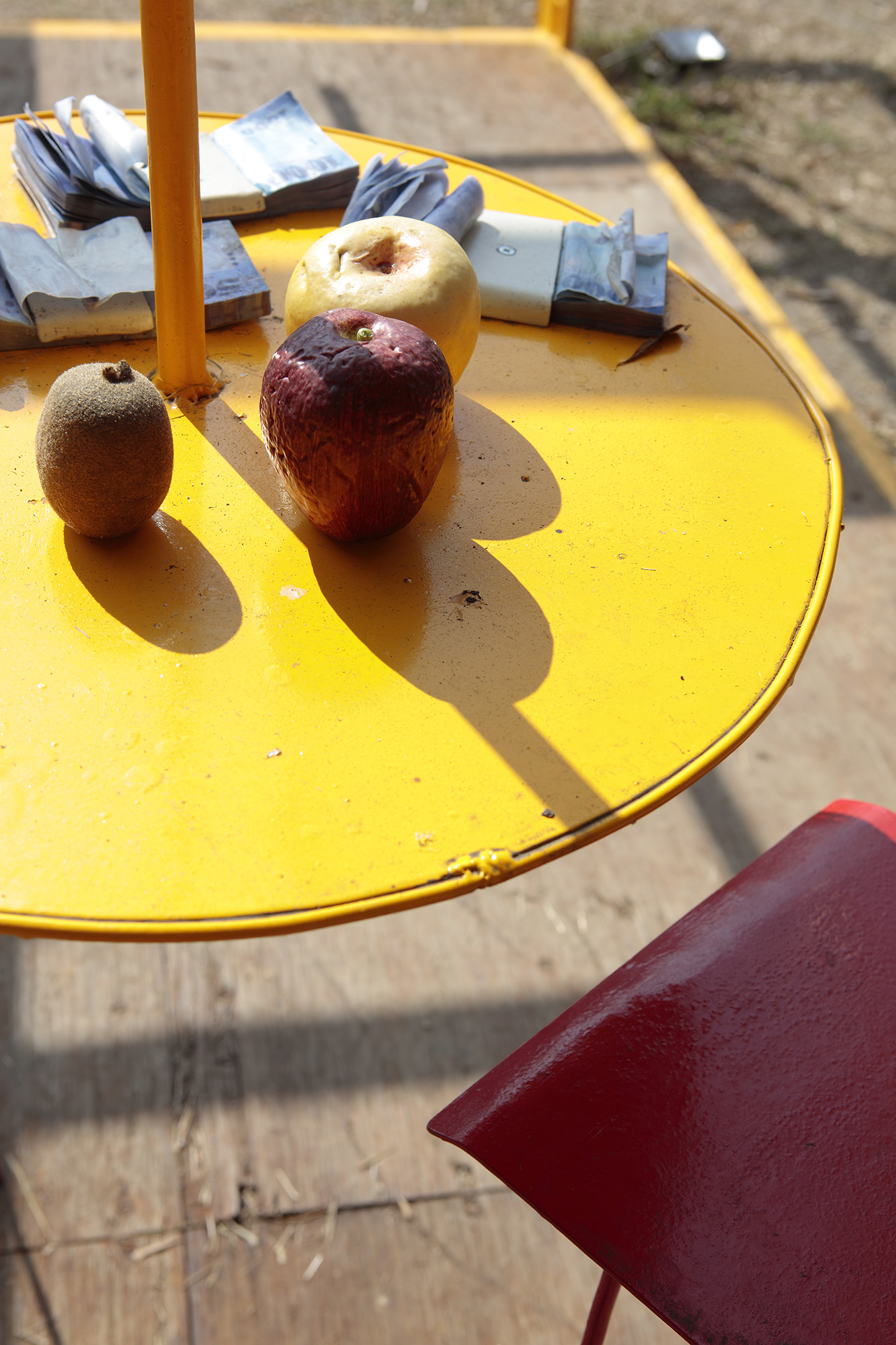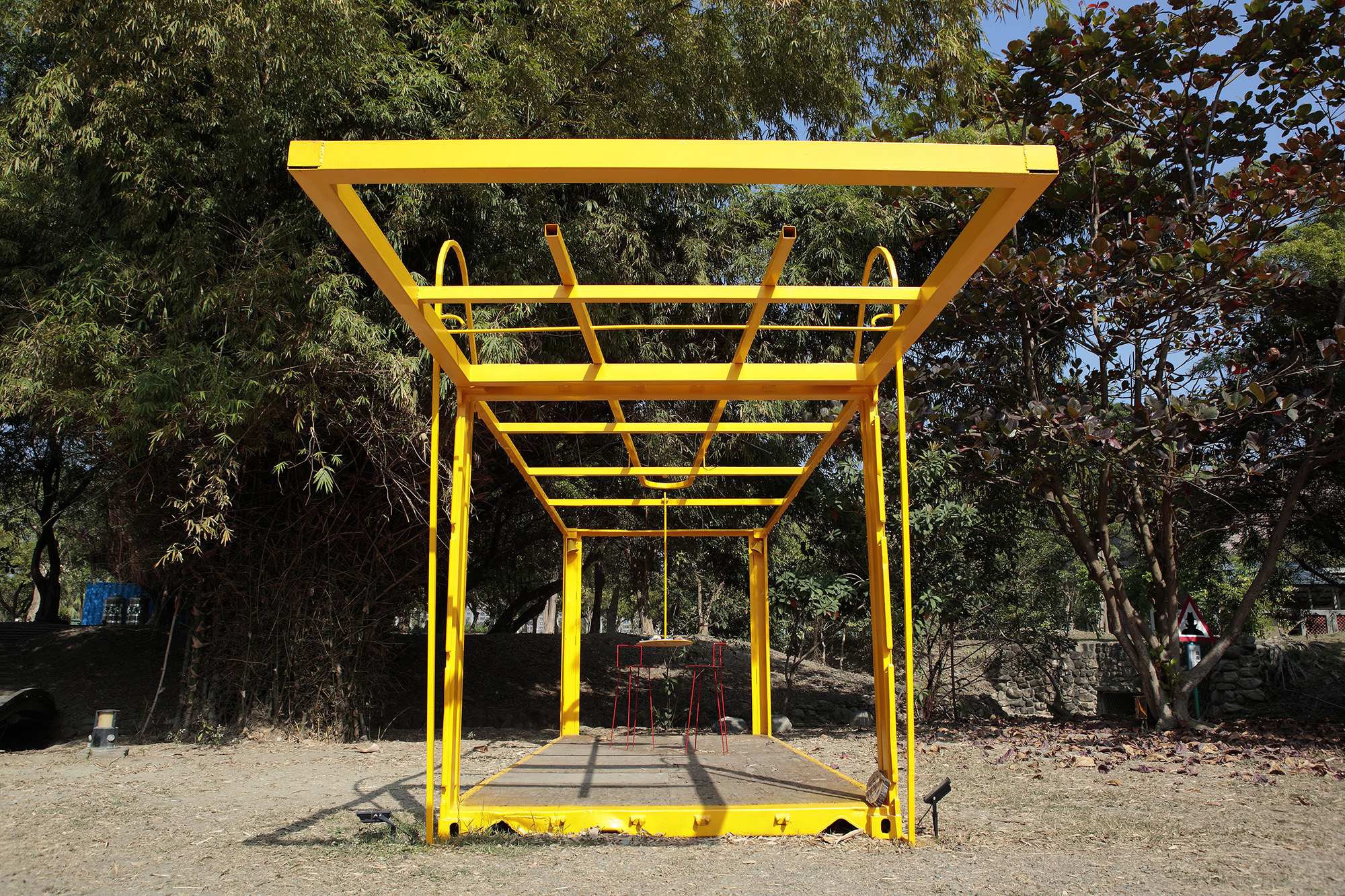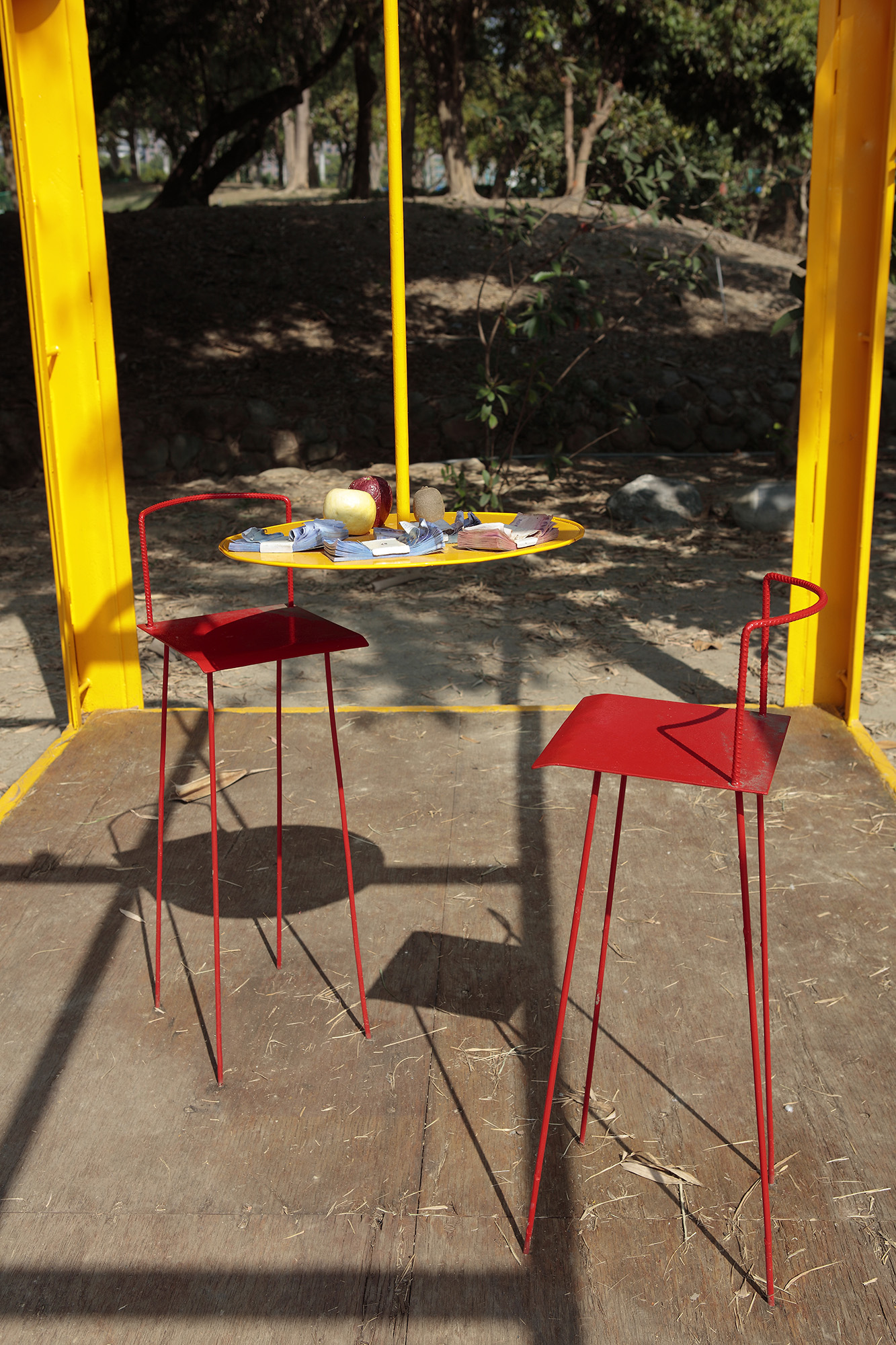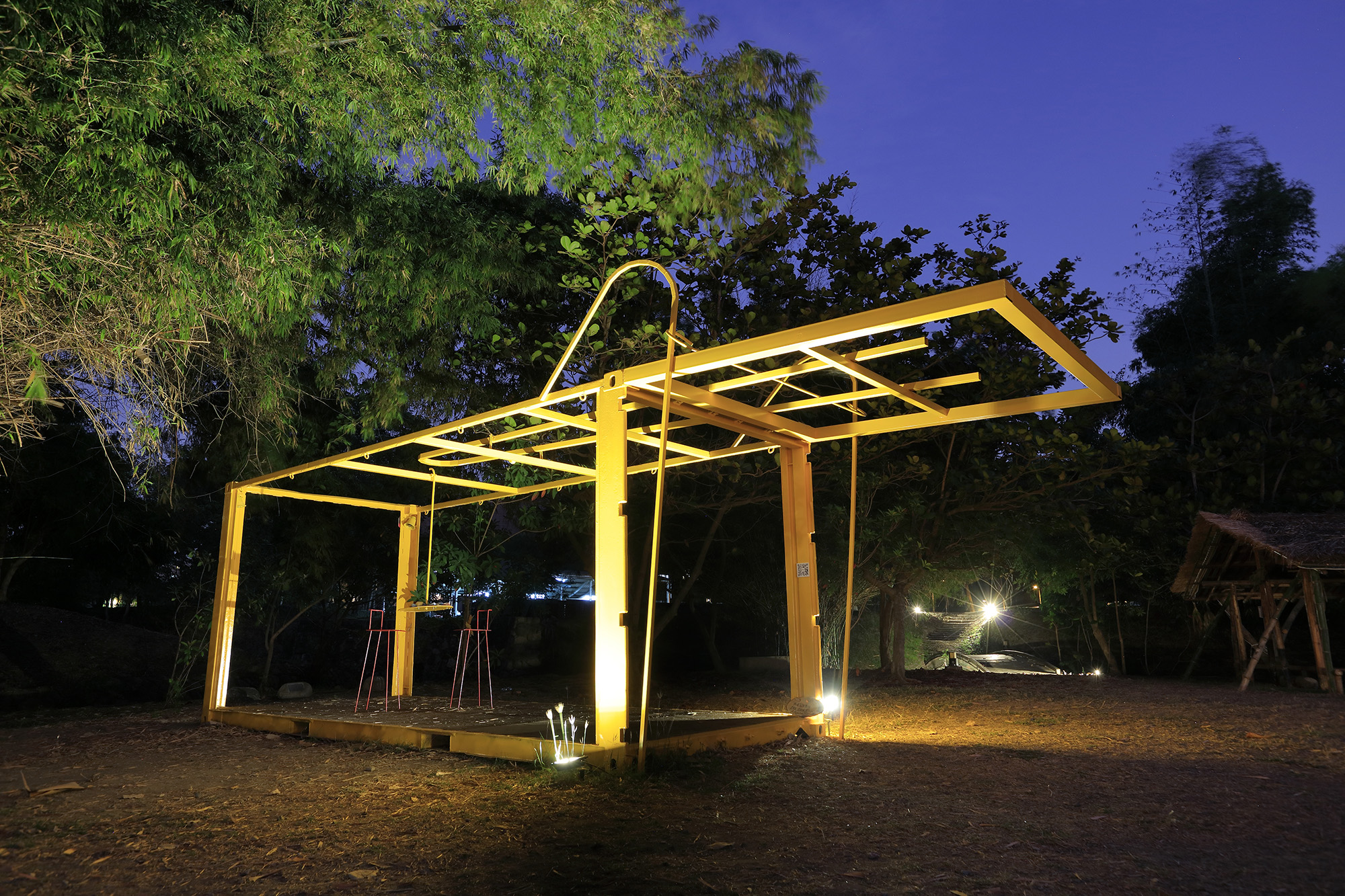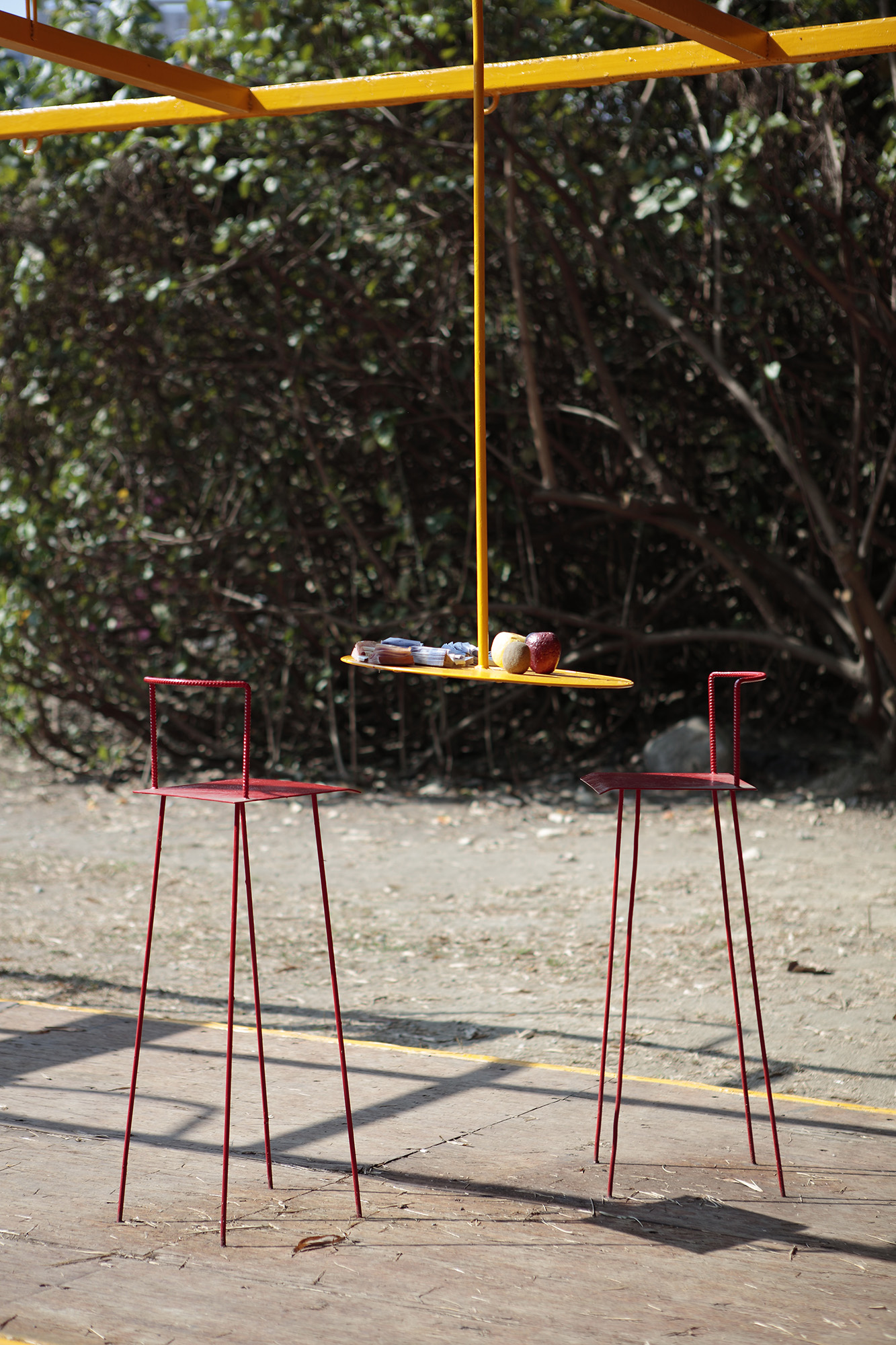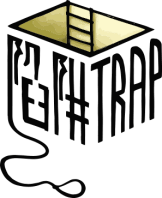
尼誕 ‧ 達給伐歷
尼誕 ‧ 達給伐歷(Nitjan Takivalit),出生於屏東排灣族達瓦蘭部落,熟知他的人習慣稱之:達給(Daki)。
長年為部落服務的達給,作品皆透露出對部落、文化濃厚的關愛。擅長多媒材創作,將不同材料結合,讓各種媒材個性融合的恰到好處,近年運用可塑性高的鐵材創造流暢又富有韻律感的造型。達給經歷時代的動盪、環境的變遷,不論是抒寫心情,還是主題創作,作品卻始終保持著本色,使其創作特色獨樹一格。達給連續多次入選Pulima藝術獎,作品除高雄美術館與藝術銀行典藏外,亦多次獲外交部遴選為總統出訪友邦之國家級贈禮。
作品名稱
被遺忘的陷阱 (A Forgotten Trap)
Nitjan Takivalit (Daki)
Born in the Tavadran Village in Pingtung, Nitjan is known as Daki among those who are familiar with him.
Daki has been in service to his village for many years and his deep love for the village and indigenous cultures are reflected in his works. He excels at merging all the characteristics of different kinds of materials and media to the right point. He started recently the use of pliable iron materials to create flowy and abundantly rhythmical forms. Despite the turmoil of time and the changes in the living environment Daki has experienced, he still maintains his true color in his works that express his emotions and in his selection of themes of artistic creation, giving his works unique characteristics and styles. Daki was nominated for the Pulima Art Award several times in a row. His works are not only collected by KMFA and the Art Bank of Taiwan but also selected many times by the Ministry of Foreign Affairs as gifts from President of Taiwan to friendly nations during the President’s state visits.
